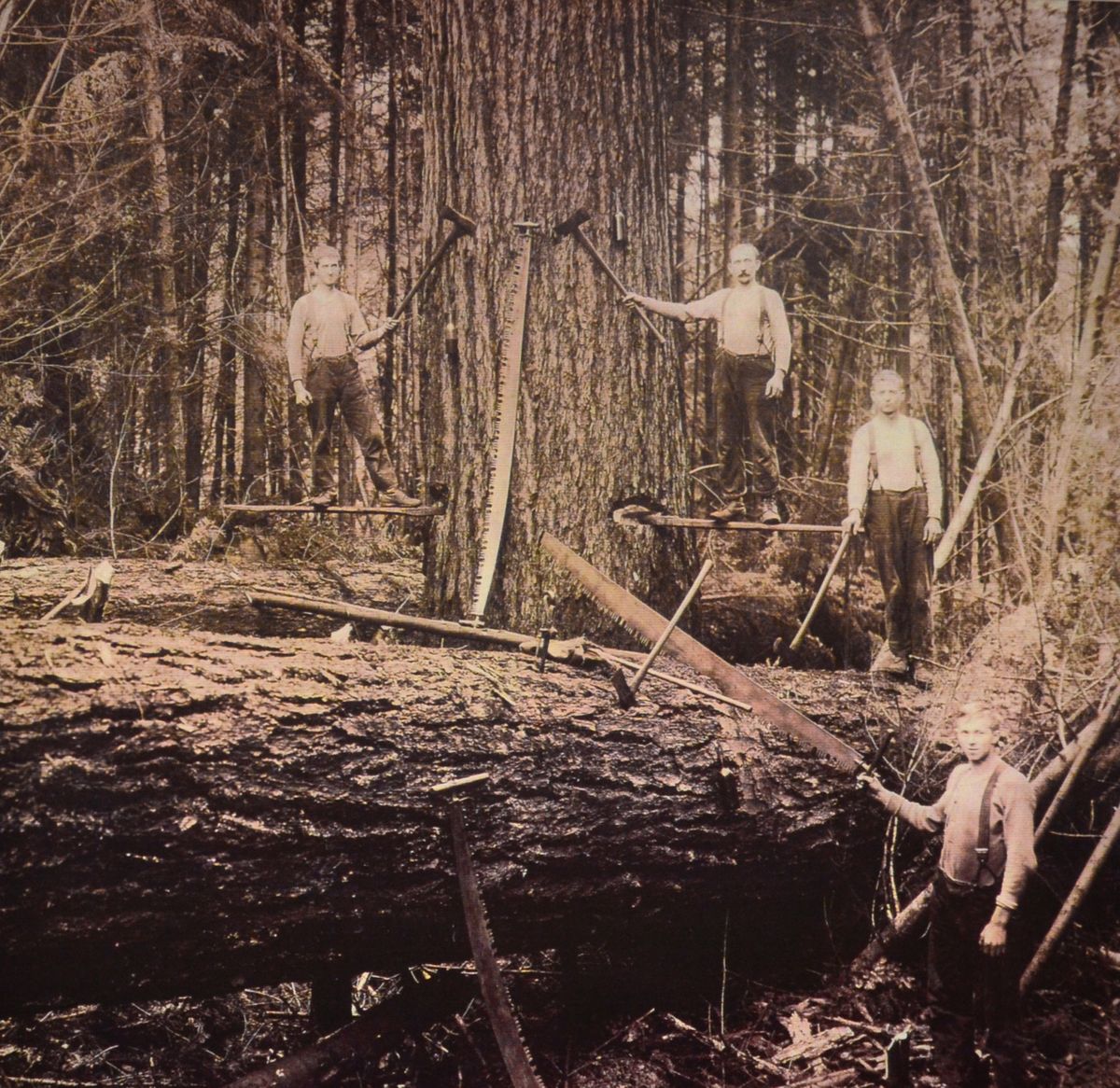An inviting stop: Historical museum adds depth in visit to Lincoln City, Oregon

What do the towns of Wecoma, Oceanlake, Delake, Nelscott, Taft and Cutler have in common? The answer can be found in the North Lincoln County Historical Museum found along Highway 101 in Lincoln City, Oregon.
Many tourists miss the museum on a rush to the ocean beaches and waves, but for those who do stop for an hour, they will be immersed in the area’s history and heritage. A visit makes Lincoln City more than a row of motels and beautiful beaches.
Inside the museum, the first impression is how free of barriers the exhibits are. Most everything is within touching range, with just a rope marking the separation. There are no plexiglass-incased items, which makes this a more inviting place.
The museum has an extensive exhibit of glass floats that range in color and size. Fishermen in Japan used glass-blown sealed balls to attach to their nets to keep them afloat. Many of them escaped and began a remarkable journey across the Pacific Ocean that would take years before they reached a beach along the West Coast.
The floats range in size from small like a baseball to large like a basketball. Surprisingly, they also come in various shapes. There are photos of piles of hundreds of glass balls found on the beach. Over the years, the floats were and still are searched for after a storm.
Asian fishers now use plastic floats, and the glass ones are rare to find and considered a real treasure. Some look like dumbbells or a kitchen rolling pin. Finding a float is a beach comber’s dream, and, to continue the tradition, the Lincoln City Chamber of Commerce has commissioned local glass blowers to create glass floats secretly placed along the beach for anyone to find.
Black-and-white photos provide evidence that this area was extensively logged. Looking at the men working on enormous trees with axes and saws will leave the impression that these guys had to be very fit and durable. What was unusual and interesting about this logging were the trees that were being harvested. The desired tree was spruce. Spruce wood was strong, and more importantly it was lightweight.
Spruce wood was used for military airplanes before lightweight metal skins were developed. Air flight was still in its infancy, and spruce lumber was in demand. The timber industry was a major industry in the area. In 1941, Howard Hughes, a successful movie producer, founder of Hughes Aircraft Co. and an airplane designer, was commissioned by the U.S. military to build a large flying boat plane.
The plane was designed with a wingspan of 320 feet and powered by eight propelled engines. It was partially constructed with spruce wood. The plane was to be used to carry as many as 600 people and/or materials long distances. The final cost was $23 million, and construction took so long that the plane wasn’t completed until 1946 (after the war) and flew just once. Hughes also served as the pilot.
There were numerous Native American tribes living along the West Coast. The museum offers evidence by way of black-and-white photos and displays. The Central Oregon area was populated by several tribes who lived very well compared to many inland groups. They had numerous ways of gathering food by fishing, clamming, hunting game and gathering several kinds of berries.
Although they signed treaties with the U.S. government giving them large parcels of homeland, the new settlers encroached on their land. The huge coastal forests were the first to be seized. When gold was found, immigrants flooded into the area. Native Americans lost their land. Prehistoric recovered tools and mounds of shells reveal where the original Native communities lived.
Finally, Lincoln City is made up of several Central Oregon Coast communities or districts. Wecoma, Oceanlake, Delake, Nelscott, Cutler and the confederated Tribes of Siletz Indians were distinct townships found along Highway 101.
They were fiercely independent, but, over the years, it became obvious that to maintain water, roads, wastewater and administration costs, they would have to consolidate into one town. A contest was organized with Lincoln City and Surfland the ultimate best choices. Lincoln City was selected because it was the least controversial. The new city was incorporated in 1965.
Now, walking on the beach after visiting the North Lincoln County Historical Museum, it’s easy to reflect on several topics newly learned on the stop. The town seems more significant and welcoming. A museum can do that.
The museum was closed in mid-March due to the pandemic, but it reopened on Oct. 7. Face masks and social distancing are required. The staff has been busy building three new exhibits, and “Tiny Tours,” a new addition to the website, is a series of historical videos. The first in the series is “Glass Fishing Floats.”